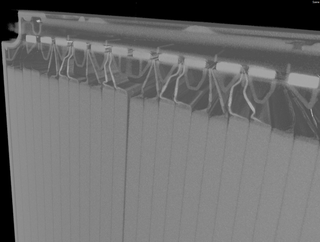The overarching aim of the research project is to increase the circularity of the "battery" value chain by significantly improving
- the environmental impact of the separation processes used: 80% less exhaust gases compared to pyrometallurgical processes and 50% less water used compared to hydrometallurgical processes,
- energy consumption: 80% less compared to pyrometallurgical processes,
- recycling efficiency: 70% (weight) of the materials used in the cell and the housing (module/pack) are separated in a high-quality manner.
- the efficiency of lithium recycling: '70% of the lithium in electrolyte, SEI and graphite is recovered,
- safety for operating personnel through automation and compartmentalisation during processing,
- cost efficiency through lower energy and resource consumption, but also by dispensing with discharging before recycling,
- fraction quality - especially at cell level through 'Precise Separation' and thus the avoidance of material contamination,
- in terms of the volume of recyclable materials: above all lithium and copper are recovered in high quality, and therefore a significant increase,
- the revenue and profitability of the operation,
- safety for operations through damage-limiting systems,
- productivity through automation,
- adaptivity through modular process technologies ("BattBox").
Methodologically, these goals are achieved for the recycling of the three functional units battery system, battery module and battery cell through
- risk analysis,
- safety concepts,
- cost analyses,
in order to be able to utilise their components after the EoL (End of Life) for sustainable recycling routes

